SAF Learning
Society of American Foresters ForestEd
Build Your Skills. Grow Your Career.
Getting Started

Log in using your SAF account login credentials to access all features of ForestEd.
Not a member? Don't worry! Anyone can have an SAF account. It's FREE. Though, be sure to consider the growing benefits of becoming a member.
Be sure to register. You will be directed to the SAF store to complete your registration. You will receive a payment receipt from SAF with directions to access your product.
Jump Into Action

Log in and find your purchased items in My Dashboard.
ForestEd is open to any forestry and natural resource professional to meet credential and licensing continuing education requirements, or to simply advance yourself in your career.
Get started today and jump into action to grow your professional potential! Check out the FREE video library.
Featured Products
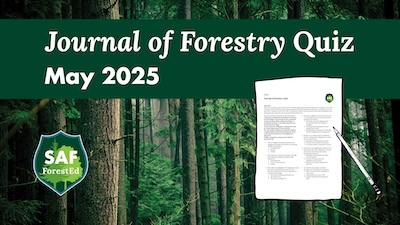
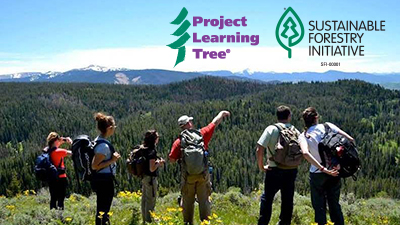
Featured Webinars
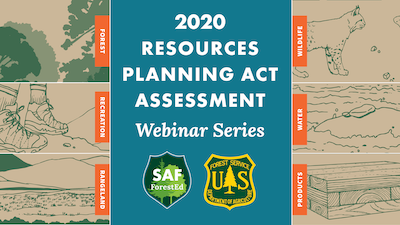
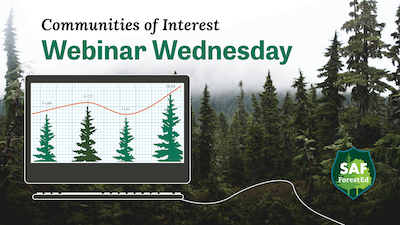
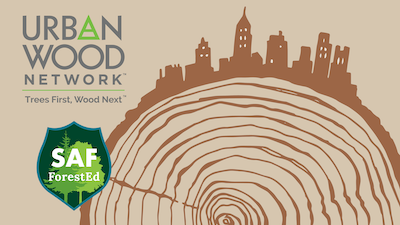
SAF Technical Presentation Bundles
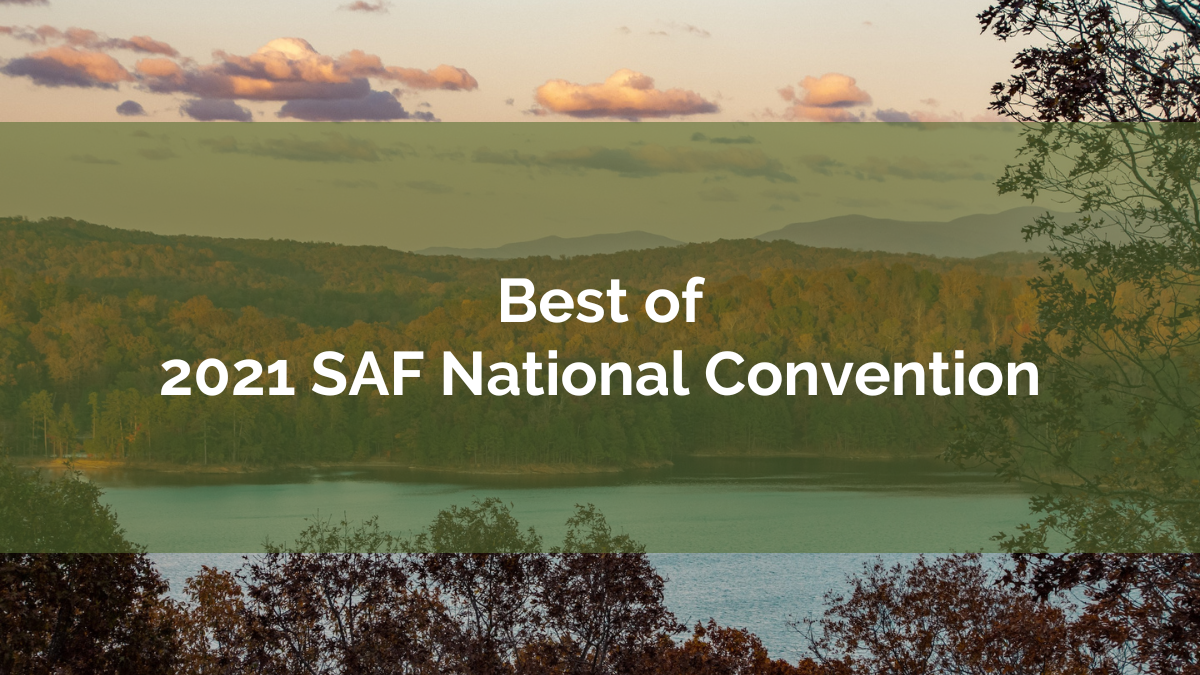
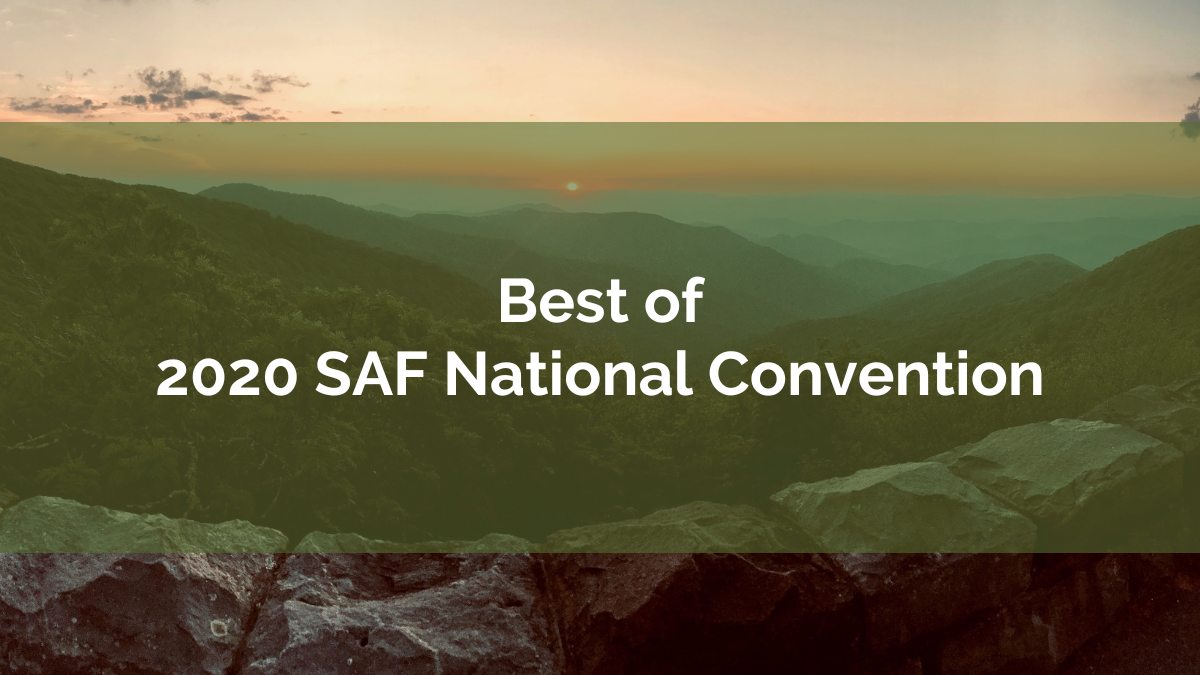
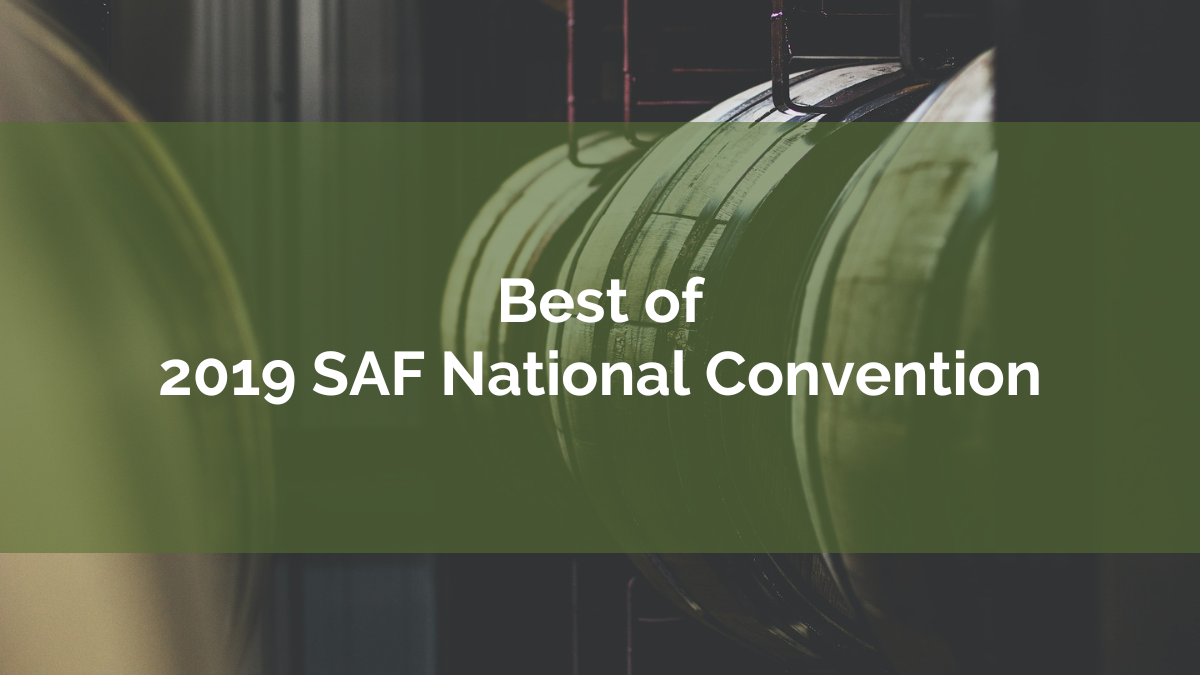
| Access Date | Quiz Result | Score | Actions |
|---|
Browser Recommendation
Use Chrome, Firefox, Edge, or Safari.
If experiencing delays logging on, visit the SAF Main Site, sign in on that tab, and then refresh and click "Log In" on this page.
Quick Search
Support
If you need assistance with registration, accessing a ForestEd product you purchased, or other customer service-related issues, please email ForestEdSupport@safnet.org during normal office hours: Monday - Friday, 9:00 am - 5:00 pm ET.
Sponsors
For sponsorship opportunities, contact Victoria Duval at vduval@safnet.org